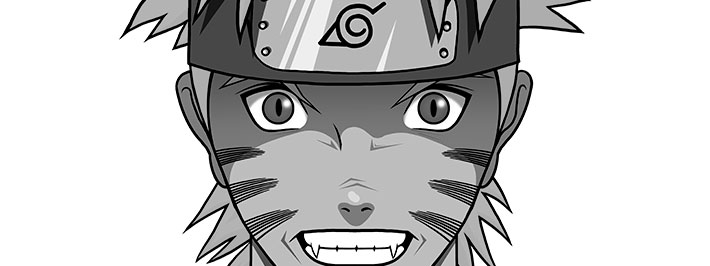
How to start reading manga?
Reading a manga for the first time is not easy when you have never had a Japanese comic in your hands. There are many genres, specific types of manga, and specific reading codes to remember. Find out what are the steps to start reading a manga.
Choosing the right sleeve series
There are several types of manga that all correspond to a commercial target and that depend in particular on the publisher that publishes them. This can give you a first idea of the topics covered in these stories:
The Shonen, the manga for young children (mainly adventure, action and fantasy),
The Shojo, the manga for young girls (mainly romance, school life and part of life),
The Seinen / Josei, the young adult manga (primarily drama, suspense, horror, and science fiction),
The Kodomo, the manga for children (mainly comic and adventure).
However, these types of manga do not fully reflect what you will find there. For example, a manga like Death Note has many criteria that can be found in a Seinen, while it is a Shonen since it was published in the Shonen Jump.
You can also make your choice based on the length of the manga, its popularity, and of course your personal interests. If you are quite young, resort to a Shonen or a Shojo, while if you are older, you may like a Seinen more.
Japanese reading standards
The first thing to integrate when you want to read a manga is the reading meaning different from what we know in the West. In fact, it follows the direction of Japanese writing, from right to left and top to bottom. Therefore, it will be necessary to read the page on the right before the page on the left.
Similarly, on a manga page, you will first have to read the thumbnail at the top right, then the left ones on the same plane, then the bottom ones to finally get to the leftmost thumbnail. Said like that, it can seem complicated; but it is not, you get used to it very quickly.
You also need to understand the meaning of the background behind the thumbnails. If it is usually white, it can also be black: in this case, the action takes place in the past, in the context of memories or a flashback. A transition background, gradient between black and white, means that we go from the present to the past or vice versa.
The facial expressions of the characters can also be difficult to understand because they correspond to the Japanese graphic codes. Thus, blushes, sighs, nosebleeds, drops of shame or expression of anger are among these recurring elements in all manga.
Sound effects and onomatopoeia are also represented on the pages, that is, important noises, crying, laughing, etc.